Introduction
For diabetic patients, continuous glucose monitoring (CGM) systems like the Freestyle Libre have revolutionized their management of their condition. This innovative technology allows for real-time tracking of blood sugar levels, providing invaluable insights and enabling proactive adjustments to diet, exercise, and medication. However, inserting a sensor under the skin can understandably raise concerns about discomfort or pain. This comprehensive article will delve into the nuances of Freestyle Libre sensor insertion, addressing common fears and providing practical tips to ensure a comfortable and seamless experience.
Understanding the Freestyle Libre Sensor
Sensor Design and Dimensions
The Freestyle Libre sensor is a small, round device designed to be worn on the back of the upper arm. Measuring a mere 35 mm in diameter and 5 mm in thickness, it is remarkably compact and unobtrusive. The sensor filament, inserted just under the skin, is an ultra-thin, flexible polymer with a diameter of only 0.4 mm – nearly half the thickness of a standard insulin pen needle. This remarkably slender design minimizes the potential for discomfort during insertion.
Advanced Insertion Technology
Freestyle Libre sensors come pre-loaded in a single-use, disposable applicator that ensures a quick and precise insertion. With a simple push of a button, the applicator automatically inserts the sensor filament just beneath the skin’s surface, reducing the need for manual handling and minimizing the risk of improper insertion technique.
Pain Levels During Insertion
Virtually Painless for Most Users
Numerous studies and user reports have consistently demonstrated that most Freestyle Libre users experience little to no pain during sensor insertion. Thanks to the combination of the ultra-fine sensor filament and the automated applicator, many users describe the sensation as a mere pinching or pressing feeling that dissipates almost immediately after insertion.
Individual Variations
It is important to note, however, that pain perception is highly subjective and can vary from person to person. Factors such as individual pain tolerance, insertion technique, and the specific insertion site can influence the level of discomfort experienced. While most users report a virtually painless experience, some may experience minor stinging or discomfort that typically subsides within a few minutes.
Tips for Minimizing Discomfort
Proper Insertion Technique
Following the manufacturer’s instructions is crucial to ensuring a smooth and comfortable insertion process. Proper preparation of the insertion site, correct applicator positioning, and applying the appropriate amount of pressure during insertion can all minimise potential discomfort.
Numbing the Site
For those with heightened sensitivity or concerns about pain, several strategies can be employed to reduce discomfort further. Applying an ice pack to the intended insertion site a few minutes before insertion can help numb the area and minimize any sensation. Additionally, some users find relief by using topical numbing creams or sprays containing anesthetic agents like lidocaine. However, it is essential to consult with a healthcare professional before using any numbing products, as they may interact with certain medications or conditions.
Rotating Insertion Sites
It is recommended that the insertion sites be rotated with each new sensor application to prevent irritation or scarring over time. By alternating between different areas on the back of the upper arm, you can allow previously used sites to recover and minimize the potential for discomfort or skin irritation.
The Benefits of Continuous Glucose Monitoring
Improved Diabetes Management
While the prospect of sensor insertion may initially raise concerns, it is crucial to weigh the potential for minor discomfort against the immense benefits that continuous glucose monitoring can provide. By offering real-time insights into blood sugar levels, the Freestyle Libre empowers diabetic patients to make informed decisions about their diet, exercise routines, and medication adjustments. This proactive approach can lead to better glucose control, reduced risk of complications, and an overall improved quality of life.
Peace of Mind and Convenience
In addition to enhanced diabetes management, the Freestyle Libre system offers remarkable convenience and peace of mind. Its discreet design and user-friendly interface allow patients to easily monitor their glucose levels without requiring frequent fingerstick tests. This reduces the discomfort and hassle associated with traditional monitoring methods and provides a more comprehensive picture of glucose trends throughout the day and night.
Conclusion
While inserting a sensor under the skin may seem daunting initially, the Freestyle Libre system’s advanced technology and careful design have made the process virtually painless for most users. By following proper insertion techniques, utilizing numbing strategies when needed, and rotating insertion sites, diabetic patients can enjoy the countless benefits of continuous glucose monitoring with minimal discomfort. Ultimately, the potential for improved diabetes management, increased convenience, and enhanced peace of mind far outweigh any minor discomfort experienced during sensor insertion. With the proper knowledge and preparation, embracing this innovative technology can be a seamless and empowering step towards better health and well-being.


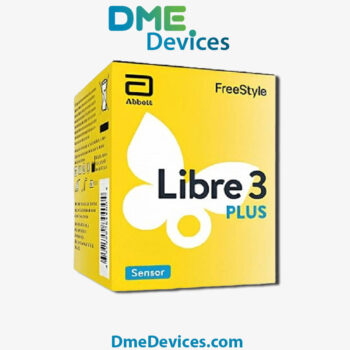
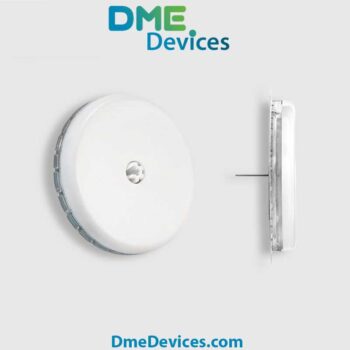
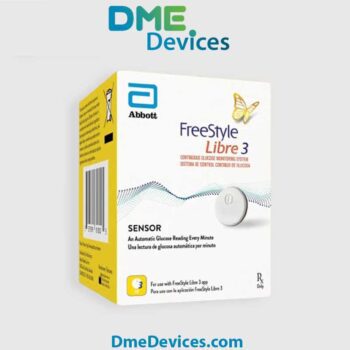

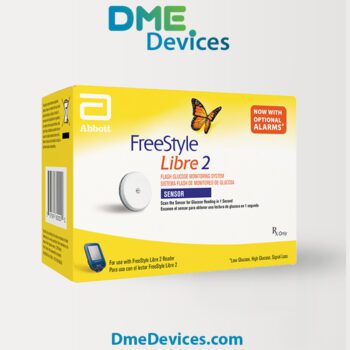
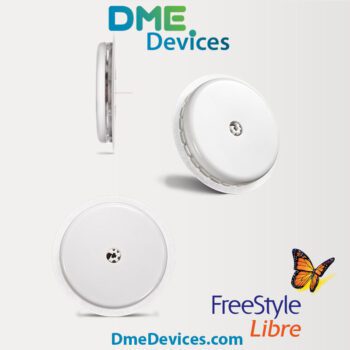



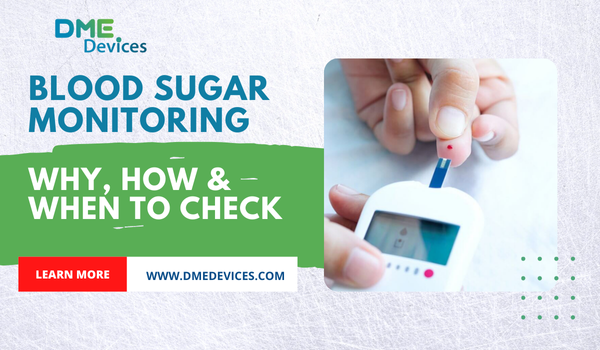

Write a comment
Your email address will not be published. All fields are required